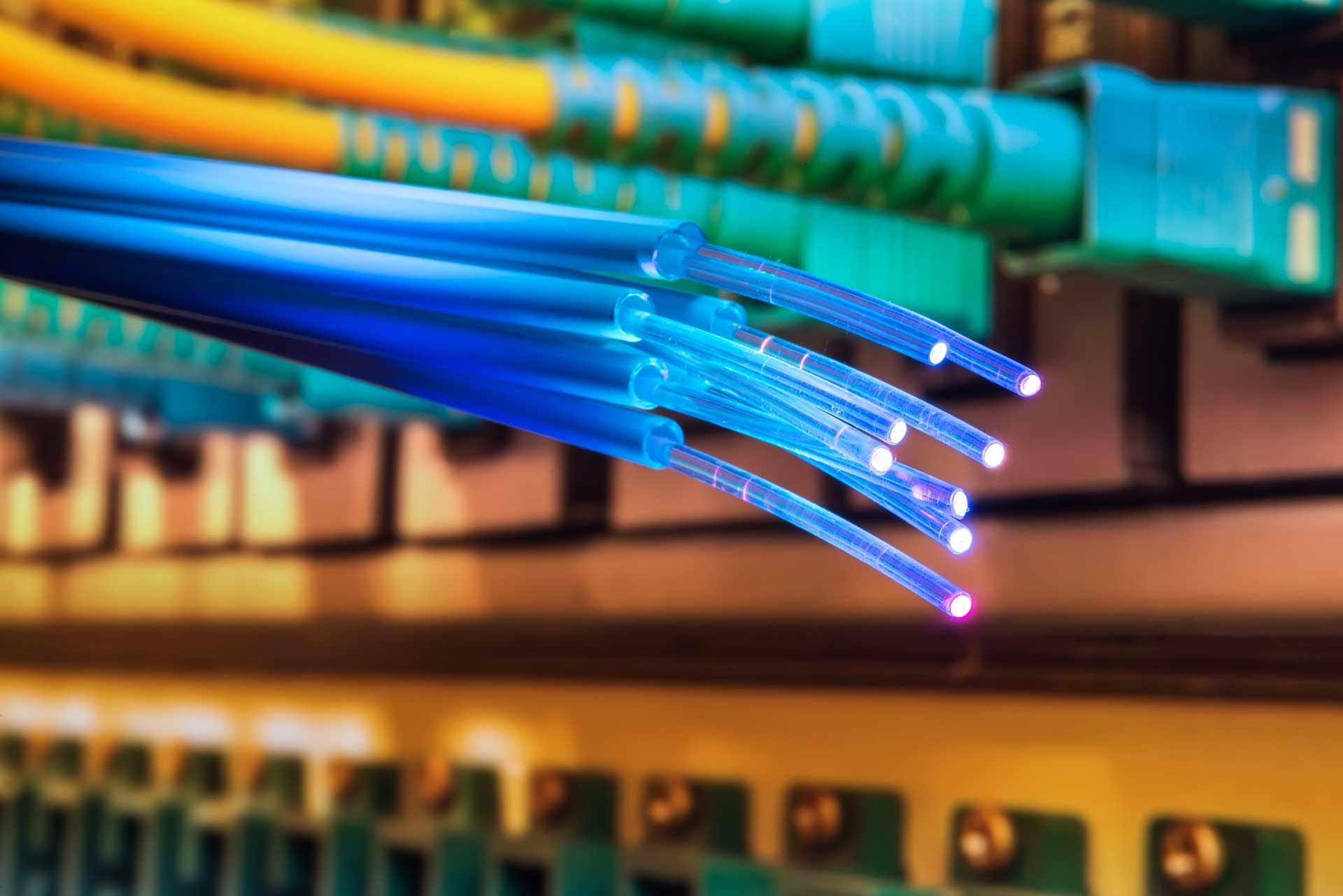Aluminium Foil Shielded Cables: What to Know
If you plan to install communications cables, then you need to find a way to protect them from the effects of interference. One way of doing this is to buy products that contain aluminium foil shields. How do these cables work, and what are the benefits of using them?
How does aluminium foil shielding work?
Unshielded cables can pick up signals from other devices and cables. For example, electromagnetic and radio frequency interference can affect how cables transmit data and signals. Crosstalk between two cables in close proximity is also sometimes a problem.
If a cable has interference problems, then it can’t do its job correctly. It can’t simply focus on carrying its own data or signals but has to deal with external noise.
The cable might suffer from lost, distorted or reduced transfer rates. The system you hook the cable up to might not work as well as it should because it doesn’t have a complete and unadulterated connection.
However, if you shield the cable, then you cut out external interference. For example, a layer of aluminium foil between the wires and the outside coating of the cable prevents electromagnetic and radio signals from reaching the inner wires. The foil reflects interference away.
Why use aluminium foil shielding?
Aluminium foil isn’t the only material that can shield cables; however, it is an effective solution in some situations. This foil has various benefits.
Complete coverage
Some shielding materials and methods don’t give complete shielding protection. For example, a braided shield uses a wire weave that covers internal wires. If the weave isn’t completely tight, then it has gaps in it. Some interference can still come through.
Better signal range
Your cables might need to deal with different interference frequencies. These frequencies can affect how effectively their shields work.
For example, a braided shield can typically handle low-medium frequencies; however, it might not work as well with higher ones. They might seep through the protective layer. On the other hand, aluminium has a broader frequency range. It can deal with higher frequencies as well as lower ones.
Fewer size and weight changes
The shield you add to a cable affects its size and weight. For example, a braided wire weave can make a cable chunkier and heavier. A copper foil shield is often heavier than an aluminium one.
Aluminium is a lightweight and thin material. It won’t significantly affect the size or weight of a cable. If size and weight are a concern for you, then aluminium is a good bet.
Better compatibility with other materials
Some cable shielding uses a mix of techniques to create a more effective end result. Aluminium foil works well with other solutions here.
For example, if you want to use braided shielding because you need extra flex in your cables, then you usually have to work out how to deal with an increased chance of interference. You can do this by adding an additional layer of aluminium foil to the cabling. Here, the foil adds protective coverage that the braid doesn’t have.
Lower cost
Cabling costs increase if you use certain materials in them. For example, cables that come with braided shields might cost you more than foil-shielded products.
Aluminium is an inexpensive material. You don’t need to use much of it to make a shield, so your costs will usually be lower.
If you’re interested in learning more about aluminium foil shielding or alternative ways to keep interference out of your cabling, then contact Cable Source Pty Ltd. We can help you choose and source the best cabling system for your needs.



